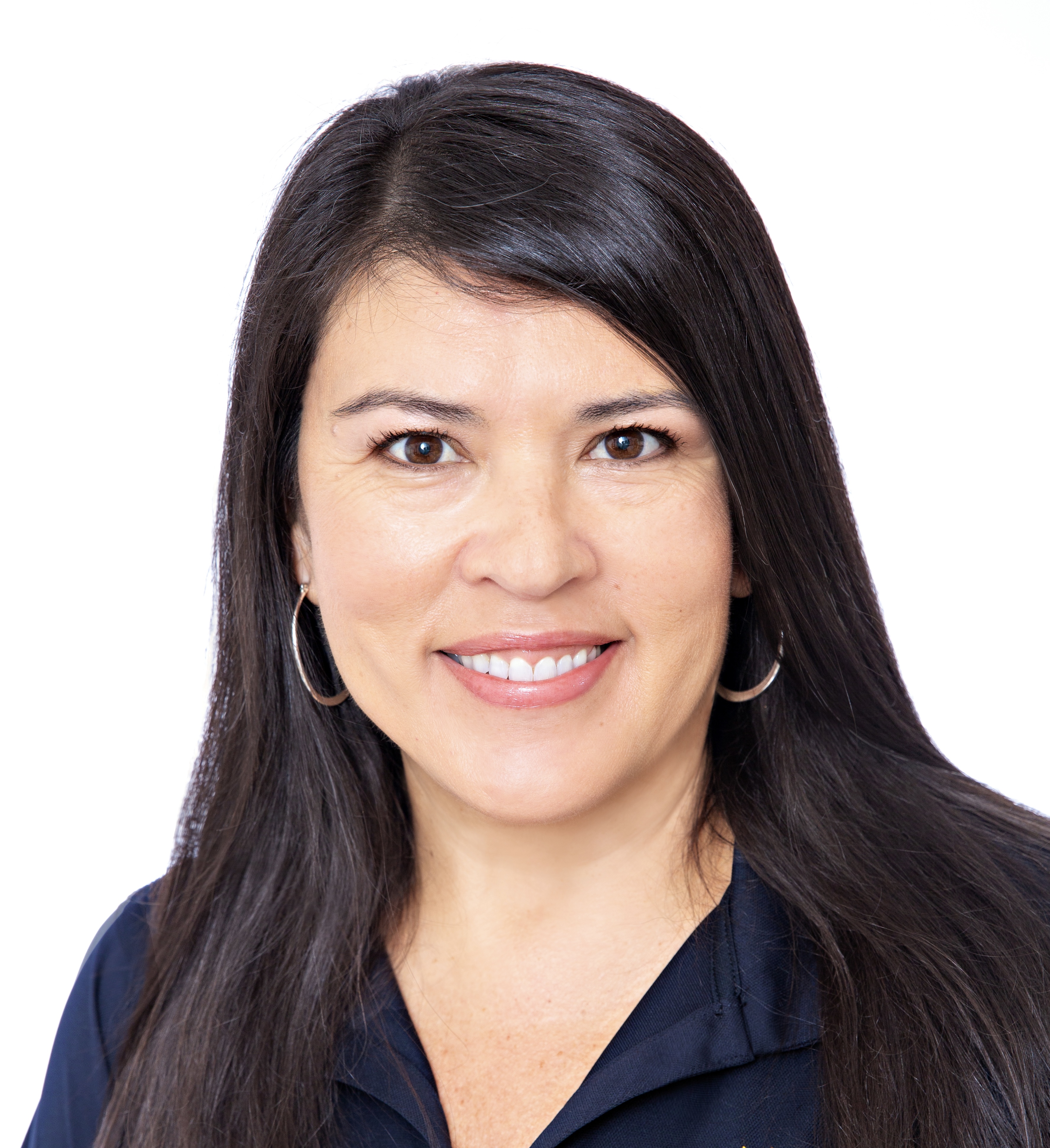
Photo by Clker-Free-Vector-Images via Pixabay
When you purchase real estate, you must put down a good faith deposit. Several factors determine how much you will need to put down, but it could be as little as $100. In order to have a valid contract, the contract must have “consideration,” or something of value exchanged for the contract. The good faith money also shows a seller that you are serious about purchasing the property.
You usually give the good faith money to your real estate agent. The agent puts the money into an escrow account. If you are buying a newly built home, you might give the good faith money to the builder. However, if you are working with a real estate agent to buy a newly built home, in most cases, it’s better to give the deposit to the real estate agent.
In most cases, your good faith money is not refundable. This ensures that you are serious about buying the property and not just “tire kicking.” However, a real estate purchase contract has several exceptions. In addition to the exceptions that might be in the contract, you can add your own as long as the seller agrees. The most common exceptions are your ability to get financing and that the seller did not misrepresent the condition of the home. As long as you can meet an exception, your money is refundable.
Most sellers like to see at least $1,000 down. However, a seller might require a percentage of the selling price. Whichever amount the seller wants, it must be stated in the purchase agreement. If you want to change the amount of the good faith money, the seller has to agree to it or you won’t have a contract.
Once you close, the real estate agent forwards the money to the seller as part of your down payment. The amount is shown on your closing documents and is subtracted from the final agreed-upon selling price of the home. For example, you buy a house that is $250,000 and you put down $5,000 as good faith money. Your lender requires 20 percent down, so you give the lender $50,000 at closing. Your documents will show that you paid a total of $55,000, so your loan will be $195,000 plus closing costs.
The closing costs could be subtracted from your down payment, the good faith deposit or added back into the loan, depending on what you and your lender agree to. Regardless, the amount of your down payment is $55,000, even if some of it is used for closing costs.
If you have any questions about how your real estate agent handles your good faith deposit, be sure to ask. You should always ask about exceptions to ensure you can get your money back if the loan does not go through or if the house was misrepresented by the seller and/or their agent.

Maria has called the Emerald Coast home since 1979 and has seen all the changes and growth! She looks forward to assisting you with the purchase of your primary home, second home or vacation rental investment.
She is very knowledgeable about the area’s real estate market and walks her customers through the entire process to make their buying or selling experience as easy as possible. She is honest, loyal and patient, doing what it takes to get to closing day. Within her 25 years in Real Estate, she has been an assistant, partner in a real estate team, managed agents and building her own team.